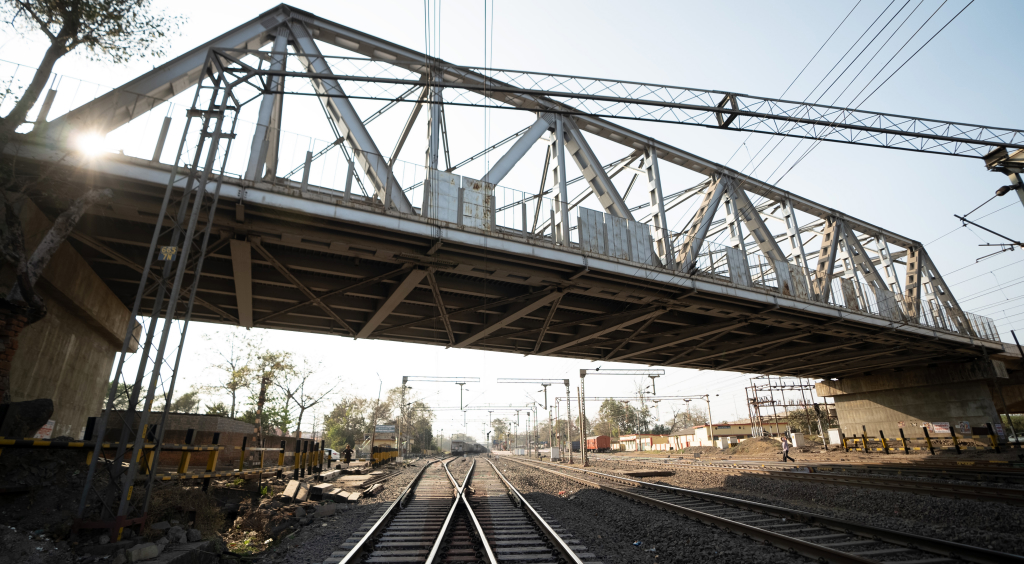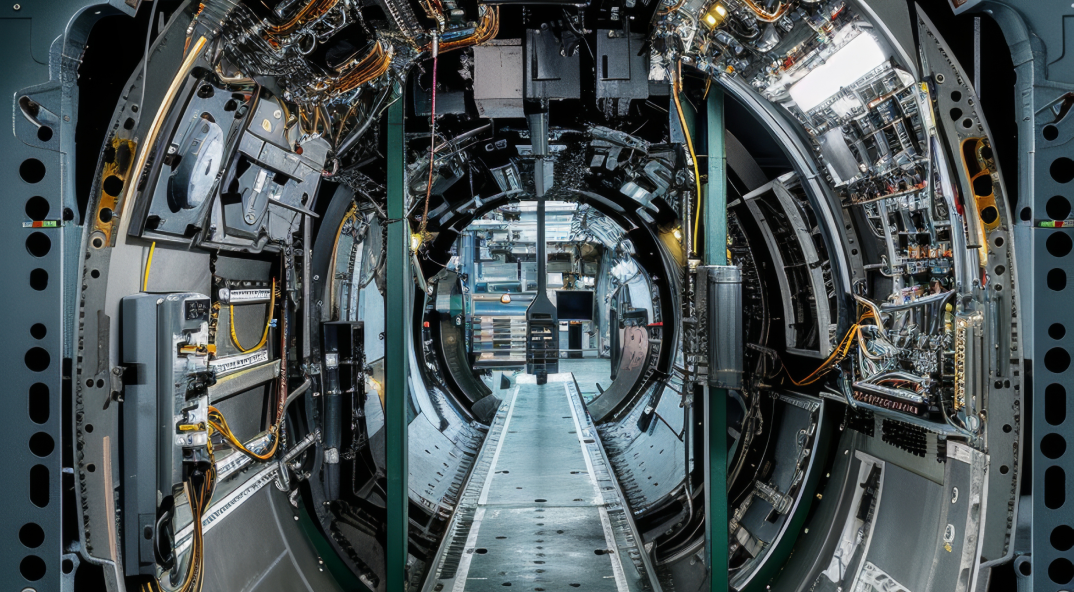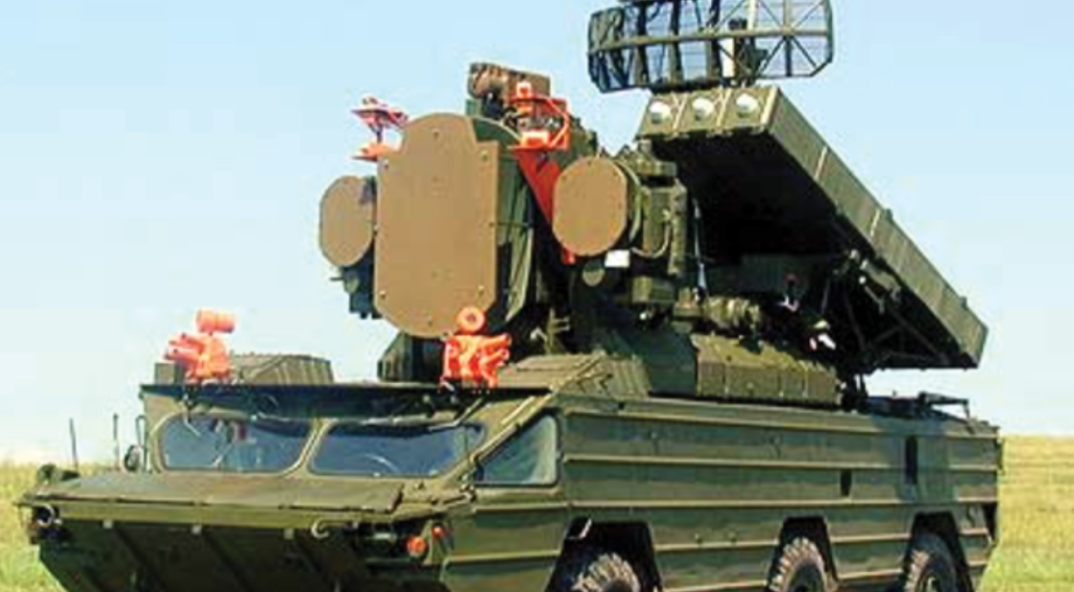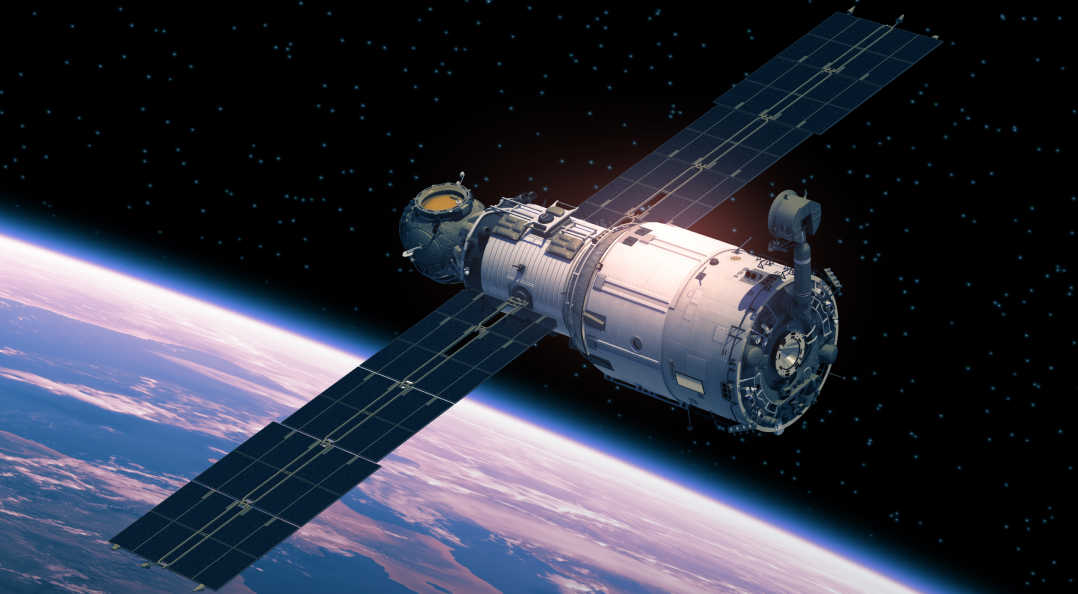Enhancing Battlefield Mobility: The Pinaka Transmission Control System for the BMP-2 Sarath
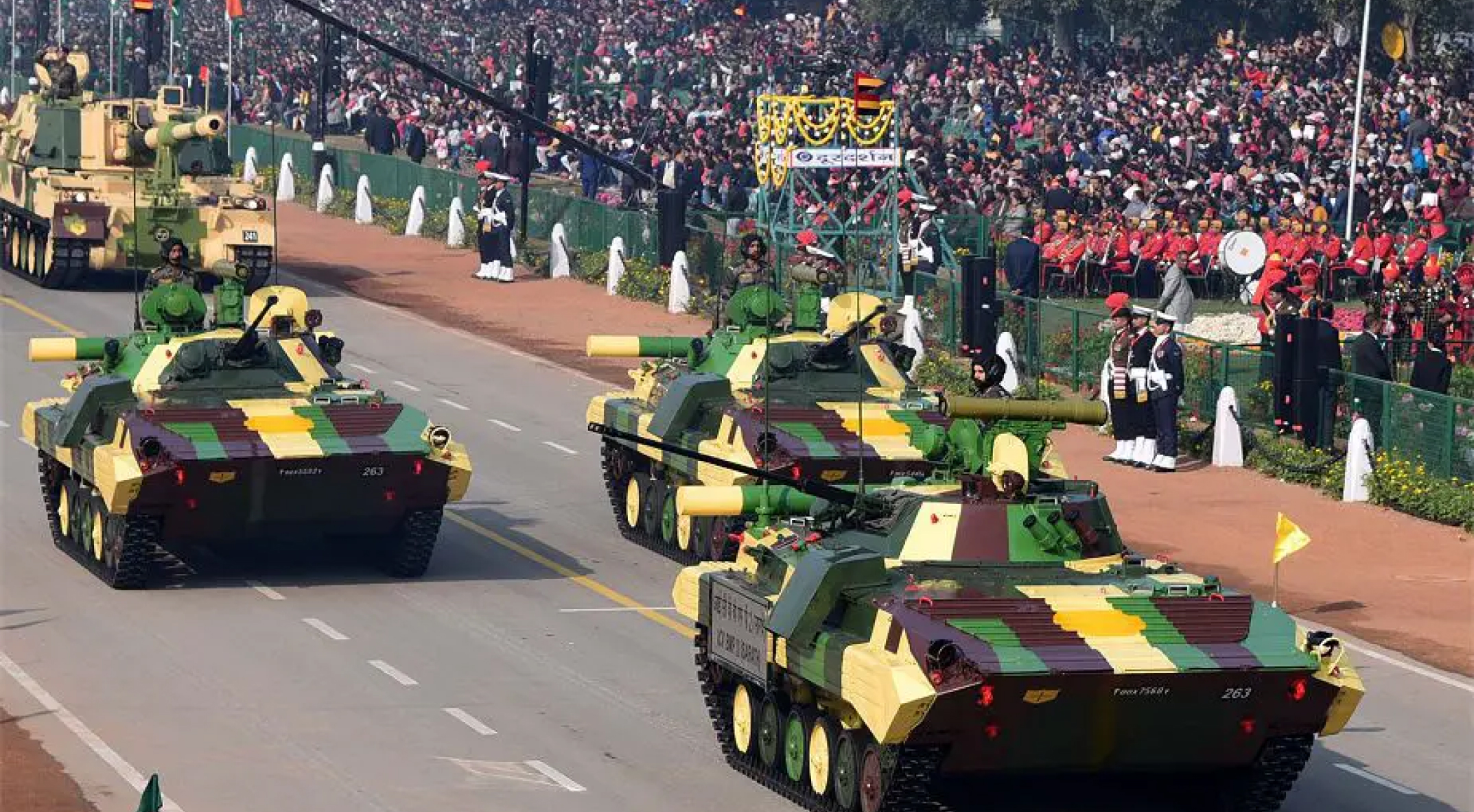
Infantry Fighting Vehicles (IFVs) combine firepower, protection, and mobility to ensure that infantry units are transported safely over all kinds of terrains in combat situations. One such component that delivers optimal performance of the BMP-2 Sarath is the Transmission Control Unit (TCU). The Pinaka design TCU is a wholly indigenous state-of-the-art solution that enhances the efficiency and control of this vehicle.
The BMP-2 Sarath, an Indian variant of the Soviet BMP-2 is designed to balance firepower, protection, and mobility. Key features include:
- Armament: 30mm 2A42 autocannon, 7.62mm PKT coaxial machine gun, and AT-5 Spandrel anti-tank guided missile launcher.
- Mobility: Amphibious capabilities, high speed, and maneuverability.
- Protection: Armor that protects against small arms fire and shell splinters.
- Capacity: Accommodates a crew of three (commander, gunner, driver) and seven infantry soldiers.
The Role of Transmission Control Systems
The Transmission Control Unit (TCU) manages the vehicle’s transmission, ensuring engine power is converted efficiently into movement. This is crucial for:
- Optimal Performance: Ensuring smooth gear shifts, power, and fuel efficiency.
- Adaptability: Adjusting to various driving conditions and terrains.
- Reliability: Reducing the likelihood of mechanical failure through precise control.
Pinaka’s Indigenous TCU
Pinaka’s fully indigenous Transmission Control Unit is designed specially for the BMP-2 Sarath. This system’s advantages are:
Efficiency and Control:
- The Pinaka TCU effectively manages torque and speed with up to four forward and two reverse gears for rapid advances or tactical retreats.
- Powered by a sophisticated microcontroller, the TCU ensures seamless gear transitions, vital for maintaining momentum and avoiding stalls in critical situations.
Indigenous Design:
- Being fully indigenous, the Pinaka TCU provides complete control over technology, minimizes reliance on foreign technology, and reduces the risks associated with supply chain disruptions.
- Local production ensures that components are readily available, critical in prolonged conflicts or regions where supply lines are vulnerable.
Enhanced Reliability:
- The Pinaka TCU is designed to withstand extreme conditions, including temperature variations, vibrations, and electromagnetic interference. The system has also been designed to provide seamless operations in a variety of terrains, from sandy deserts to rocky mountains to marshy plains.
- The system can adapt to the unique driving patterns of different operators, ensuring optimal performance regardless of the drivers’ experience or style.
Technical Specifications and Features
The Pinaka TCU boasts several advanced technical features that make it a superior choice for military applications:
- Microcontroller-Based Operation: A robust microcontroller processes real-time data from onboard sensors, including engine RPM, vehicle speed, throttle position, and transmission fluid temperature for precise control and timely gear shifts.
- Sensor Integration: The TCU integrates inputs from multiple sensors to make informed decisions about gear changes. This includes:
- Engine RPM Sensor: Ensures the engine operates within its optimal range.
- Vehicle Speed Sensor: Adjusts gear shifts based on the current speed.
- Throttle Position Sensor: Responds to the driver’s inputs for acceleration or deceleration.
- Transmission Fluid Temperature Sensor: Monitors fluid temperature to prevent overheating and ensure longevity.
- Gear Position Sensor: Confirms the current gear position to avoid mismatched engagements.
- Diagnostic Capabilities: The Pinaka TCU includes advanced diagnostic tools that detect and store fault codes. This capability facilitates maintenance and troubleshooting, reducing downtime and increasing operational readiness.
Operational Advantages
The deployment of the Pinaka TCU in BMP-2 Sarath vehicles offers several operational advantages:
- Improved Mobility: The TCU enhances the vehicle’s ability to navigate difficult terrains, from deserts to mountainous regions. The precise control over gear shifts ensures that the Sarath can maintain traction and speed under various conditions.
- Fuel Efficiency: Optimized gear management leads to better fuel efficiency, a critical factor in extended operations where supply lines might be stretched thin.
- Reduced Driver Fatigue: The seamless operation of the TCU reduces the physical and mental strain on the driver, allowing them to focus more on the tactical situation rather than vehicle control.
- Increased Tactical Flexibility: With up to four forward and two reverse gears, the Sarath can quickly adapt to changing battlefield dynamics, whether it requires rapid advancement, quick repositioning, or strategic retreats.
Integrating the Pinaka Transmission Control System (TCU) into the BMP-2 Sarath is a significant leap in enhancing the battlefield capabilities of the Indian Army’s mechanized infantry units. This indigenous, state-of-the-art system ensures that the BMP-2 Sarath can deliver optimal performance, reliability, and adaptability across various terrains and operational scenarios.
The Pinaka TCU enhances the BMP-2 Sarath’s mobility, tactical flexibility, and overall reliability, making it an invaluable asset in modern warfare. As the demands on military vehicles continue to increase, the Pinaka TCU is a major advancement in India’s drive to attain self-reliance in defense technology. This advanced system ensures that the BMP-2 Sarath operability for mechanized infantry capabilities is prepared to meet and counter any hostile force effectively.


